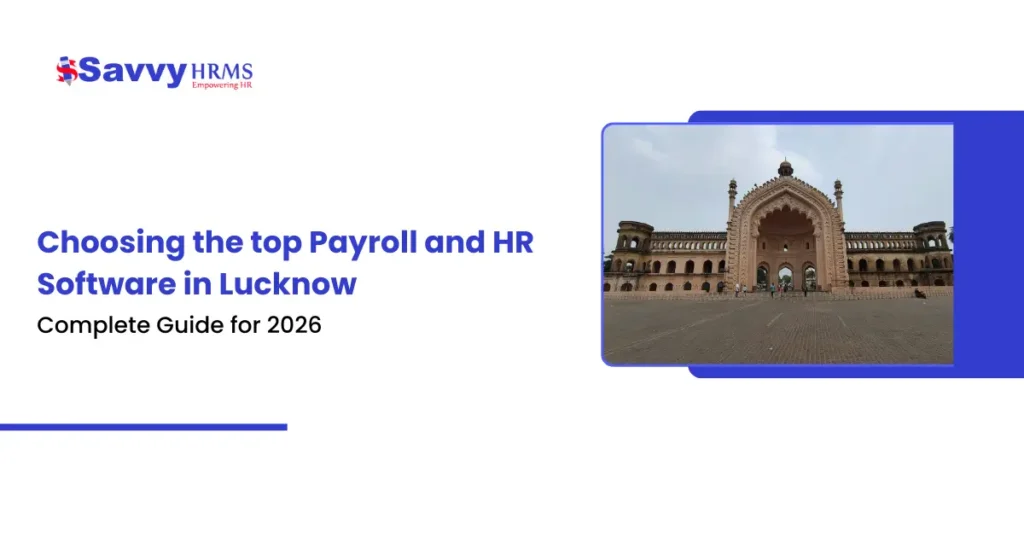It is about balancing compliance and accuracy, timing, as well as employee satisfaction. Just one payroll error can spell unhappy employees. Penalties and even legal ramifications. Businesses, big or small, traditionally face similar problems when it comes to payroll.
The great news is that such setbacks can be overcome through the right strategies.
Let’s enter and see five common payroll problems with their solutions.
1. Changes in Laws and Regulations
Government policies are ever-changing. Whether it’s tax deductions, minimum wage amendments, or social security contributions. A single missed update can lead to a trap of non-compliance. Penalties or upset employees. Non-compliance becomes even more complicated. If the organization deals in several states or countries across the country.
How can it be overcome?
- Sign up for automatic updates from the government payroll tax. And the Privacy Policy for payroll and taxation updates.
- Buy payroll software auto-updated with new regulations.
- Hire a compliance officer or outsource it to experts.
- Make quarterly compliance reviews possible.
2. Ensuring that Payroll is Accurately Processed
Payroll statements, with information relating to tax deduction. Or perhaps even hours worked within a week. It could hit employers or countries seriously. Trust could disintegrate among employees. And legally binding consequences could arise in any organization. The mistake also consumes an amount of time as pay is reissued and reschedules are redone.
How to Overcome It:
- Perform test payroll runs before final disbursement.
- Encourage employees to report discrepancies early.
3. Management of Employee Classification
This classification is very important since it determines the benefits, taxes & labor rights. For an individual, whether a full-time employee, a part-timer, or an intern. Or an independent contractor. Misclassification of employees can not only cost you through lawsuits. And tax penalties. But also through back payments on benefits owed but not provided.
Solutions:
- Well, define the role descriptions and terms of contract early, before onboarding.
- Develop a policy document that represents the classification rules.
- Regularly consult with legal aides and HR advisors.
- Use tagging platforms for roles to get proper processing.
4. Payroll Management for Remote Teams.
With an increasing number of companies adopting remote or hybrid work environments. Payroll becomes more complex. Employees are likely working from different countries or states. And benefits obligations. So, obviously, uniform payroll handling becomes a real challenge.
Solution:
- Engage a global or multi-state payroll provider.
- Track employee locations and change their tax profile accordingly.
- Create location-specific employee onboarding kits, including payroll information.
5. Safeguarding Information
Payroll is the business of dealing with sensitive information. Bank accounts, PAN numbers, employee personal data & salaries. Such information is precious to a hacker.
Ways to Manage:
- Select payroll software that offers end-to-end encryption and backups.
- Limit access to only the absolutely necessary personnel.
- Train your personnel on password hygiene and phishing identification.
- Regularly update your software and perform penetration tests.
Making the Transition to a Smooth Payroll Process
Payroll challenges are a continuous enterprise. With the right tools, professional help, and proactive strategies. Payroll can be simplified while dodging expensive mistakes.
Remember: Happy employees start with timely and correct paychecks.
Summary
Payroll may appear simple on the surface. There is a plethora of challenges. Changing legal requirements, data security threats, remote management, and accurate calculations. Arrival layers upon layers of such challenges could pile fast. But first, recognising these common problems is the starting point to resolving them.
Keeping track of things, smarter tools, and organised processes will save companies. From errors that not only hurt profits but also dampen their employees’ spirits. Be it a budding startup or an emerging corporation. Establishing a sound payroll system today will give you peace and comfort in the future.
Good payroll management is more than just salary payment. It is about trust, compliance, and the financial viability of the organization.
FAQs
Q1. What is the most common payroll mistake committed by companies?
One of the most common and grievously costly mistakes has been the misclassification of employees.
Q2. How frequently should an organization update its payroll system?
Update at least once every year. Otherwise, update them whenever a major change occurs. At the level of legislation.
Q3. Is payroll processing possible for small businesses without outsourcing?
Yes, but it’s easier and safer to use payroll software.
Q4. Would you consider payroll compliance very important?
Very important. It goes so far as to face legal action and fines. As well as the trust of your employees when you don’t comply.
Q5. What is the safest way of storing payroll data?
Rent encrypted software, use strong passwords, and restrict access to sensitive information.



